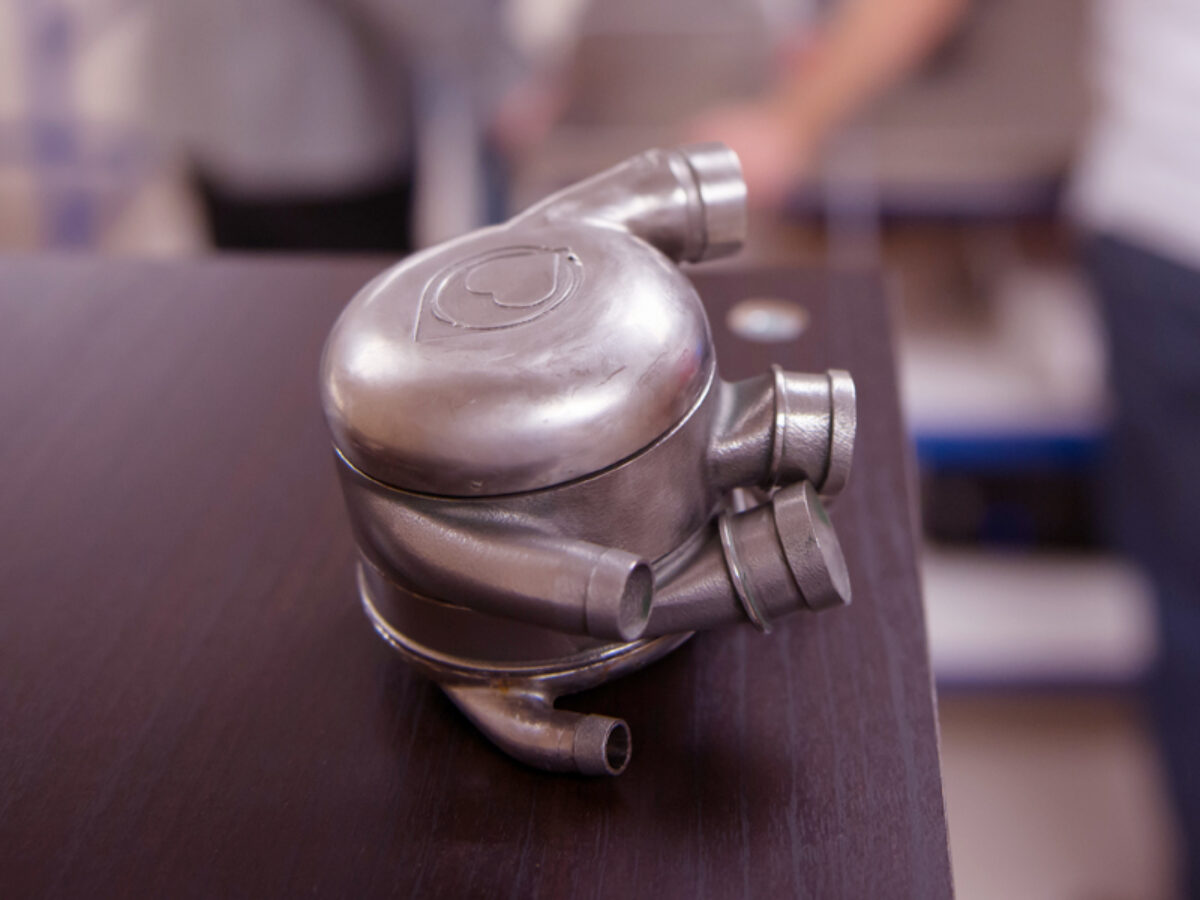New program aims to commercialise total artificial heart within six years

A consortium has been awarded $1 million through the federal Medical Research Future Fund (MRFF), with a goal of commercialising a locally-born total artificial heart.
The Artificial Heart Frontiers team, led by Monash University and BiVACOR, hopes to “save lives, create jobs, and establish Australia as a worldwide leader” in this type of device.
The invention under development is a “non-pulsatile” replacement heart that moves blood via a spinning, magnetically-levitated disc, its only moving part. It is about the size of a fist.
Professor David Kaye, the lead at both the AHF program the Heart Failure Research Laboratory at Monash University, said the six-year collaboration would produce, “cutting-edge ideas and technology to develop and commercialise new-to-world applications to support all patients with heart failure.
“This will be achieved initially with our Australian-born, innovative BiVACOR Total Artificial Heart, which is a complete replacement for a native heart.”
BiCAVOR is the life’s work of Daniel Timms, a doctor of mechanical engineering, who began the work during his studies at the Queensland University of Technology and moved to Houston in 2012 to further development alongside the city’s medtech experts and heart surgeons.
BiVACOR’s engineering headquarters is in California and its corporate office in Houston. It has an international office in Brisbane. It closed a $US 19 million Series B round in May, funding preclinical verification activities and new staff to support the first in-human studies.
There is currently a large undersupply of donor hearts versus the need for them. Since the first attempts in the 1960s, the best attempts at creating replacement hearts have been a bridge-to-transplant.
“The smaller size and improved anatomical fitting of our devices will expand the population who are able to be treated by this form of therapy, including women and children. Most importantly, no immunosuppressive drugs are required,” said Timms.
“The quiet operation of our device combined with the smaller, lighter and lower power consumption of the pump controller will provide a less cumbersome experience to the patient. Furthermore, the adaptive nature of the blood flow output from our devices, with the maximum output enabling patients to exercise, will provide for a greatly improved quality of life.”
The Program’s partners include Monash University, BiVACOR, The University of Queensland, The University of Sydney, The University of New South Wales, Griffith University, Baker Heart and Diabetes Institute, One Ventures Pty Ltd, The Alfred & St Vincent’s Hospitals.
Picture: www.bivacor.com
Subscribe to our free @AuManufacturing newsletter here.
Topics Technology
@aumanufacturing Sections
Analysis and Commentary Awards Defence Manufacturing News Podcast Technology Videos






